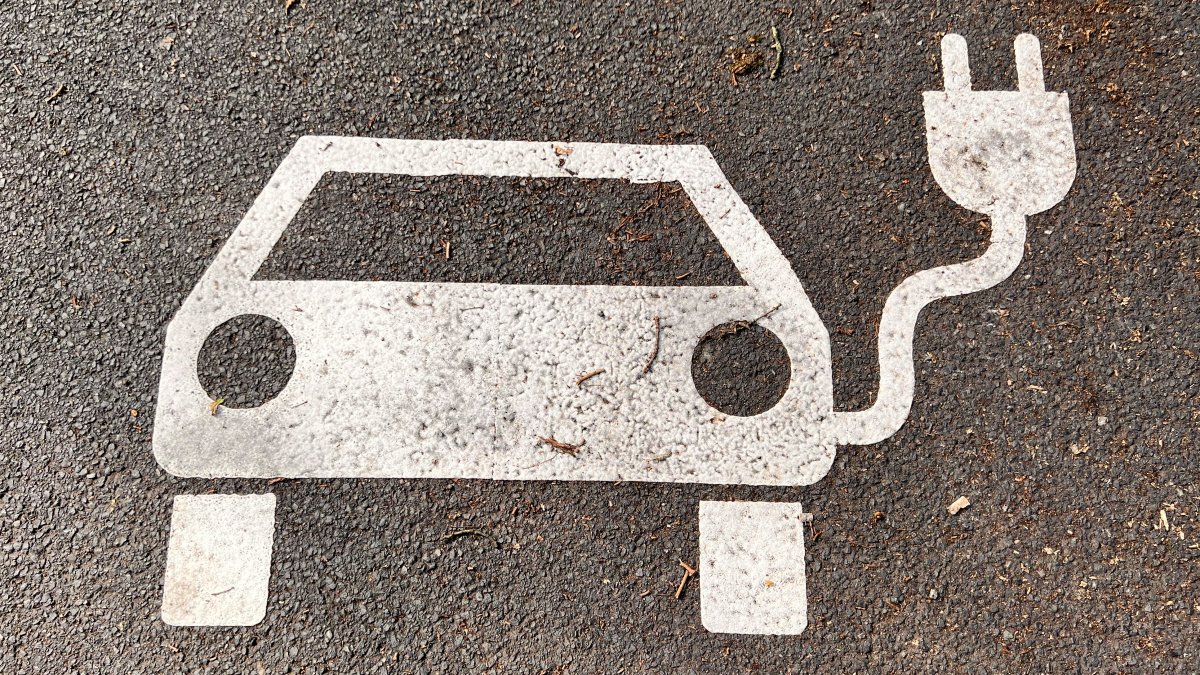The European Union is likely to miss its self-imposed target of expanding the infrastructure for electric cars to 3.5 million charging points by 2030. Currently, only around 910,000 charging points are accessible in all member states combined, less than a quarter of the EU Commission’s target. This is the result of a study on e-mobility by Motointegrator and DataPulse Research, which highlights the serious gaps and deficits in the European charging network.
At the current expansion rate of around 150,000 new charging points per year, the EU is only expected to reach around 1.7 million by 2030. To reach the 3.5 million target, more than 500,000 new charging points would have to be installed every year – more than three times the current rate. The European Automobile Manufacturers’ Association (ACEA) even considers the Commission’s target to be too low and is calling for 8.8 million charging points by 2030, which would require an annual expansion of around 1.5 million.
According to the analysis, the problem is not just the sheer quantity, but also the distribution of charging points and their charging speed. While cities tend to be well supplied, there are large white spots in the countryside, on secondary roads, cross-border connections, and in some regions. Particularly in northern Scandinavia, parts of central Germany, rural France, and the Spanish interior, many stretches of road are 40 kilometers or more without an accessible charging point. This distance is considered a critical comfort threshold, as most e-cars give a warning when the remaining range is around 50 km.
Poor distribution and speed
Although the Alternative Fuels Infrastructure Regulation is the common basis and requires, among other things, fast locations with over 150 kW every 60 km on the core road network by 2025, the actual coverage of all accessible charging points shows large regional differences.
To effectively improve the network, the researchers recommend not only building “more points”, but also specifically reducing the 40-kilometer zones. The placement of high-power hubs with over 150 kW on important secondary roads is also crucial to increase the confidence of e-car drivers and reduce range anxiety.
The supermarket effect
The national targets of the EU countries are inconsistent: Germany is aiming for 1 million charging points by 2030 and wants to accelerate the expansion according to the latest car dialogue in the Chancellery. France, on the other hand, is only aiming for 400,000 such charging points. Many other countries are focusing solely on power and corridor coverage in accordance with EU specifications rather than on a fixed number of points.
The retail sector is developing as an unexpected gap filler. The car parks of supermarkets and retail chains are ideal as the dwell time of customers is suitable, access is easy and network capacity is often close by. Retail giants such as the Schwarz Group (Lidl and Kaufland) have installed thousands of charging points throughout Europe. With 8855 charging points, Lidl alone operates twice as many as entire countries. Ireland, for example, currently has 4842, Slovenia 3336. According to the authors, private expansion can close gaps faster than state programs, especially if access is open and contactless payment is possible.
According to the authors, faster authorization procedures, stronger grid connections, and a higher concentration of fast-charging hubs are also needed to close the gap. In addition, guaranteed uptime and clear pricing should be ensured to avoid a fragmented offering that forces drivers to juggle too many apps and tariffs. The best markets showed a healthy mix of a few big players such as TotalEnergies, Vattenfall and Enel, and a healthy fringe supported by true roaming and transparent pricing.
(vbr)
Don’t miss any news – follow us on
Facebook,
LinkedIn or
Mastodon.
This article was originally published in
It was translated with technical assistance and editorially reviewed before publication.
Dieser Link ist leider nicht mehr gültig.
Links zu verschenkten Artikeln werden ungültig,
wenn diese älter als 7 Tage sind oder zu oft aufgerufen wurden.
Sie benötigen ein heise+ Paket, um diesen Artikel zu lesen. Jetzt eine Woche unverbindlich testen – ohne Verpflichtung!
